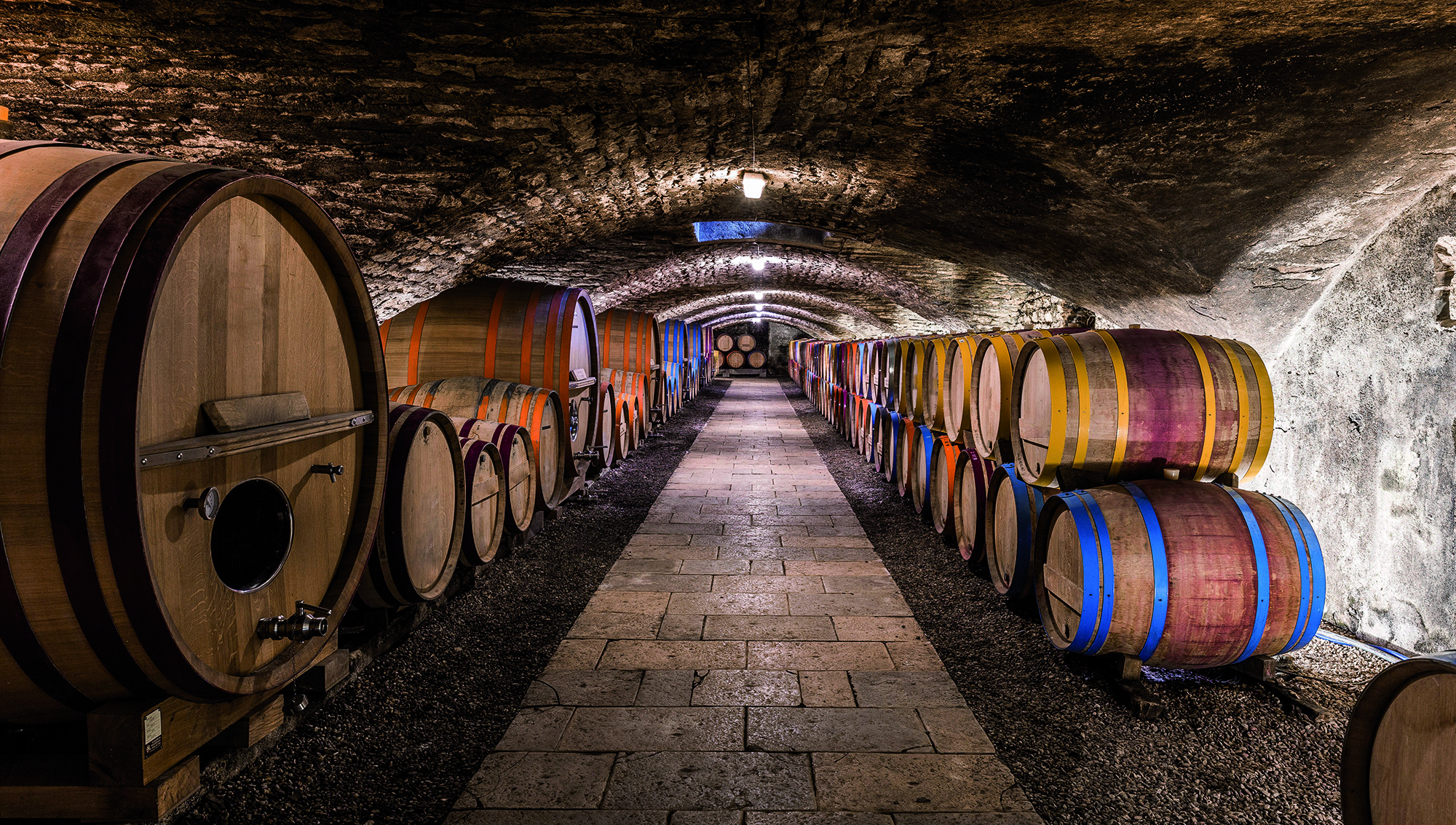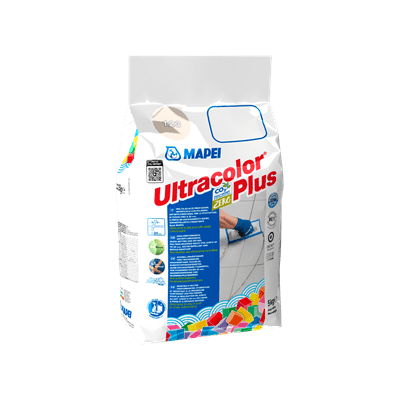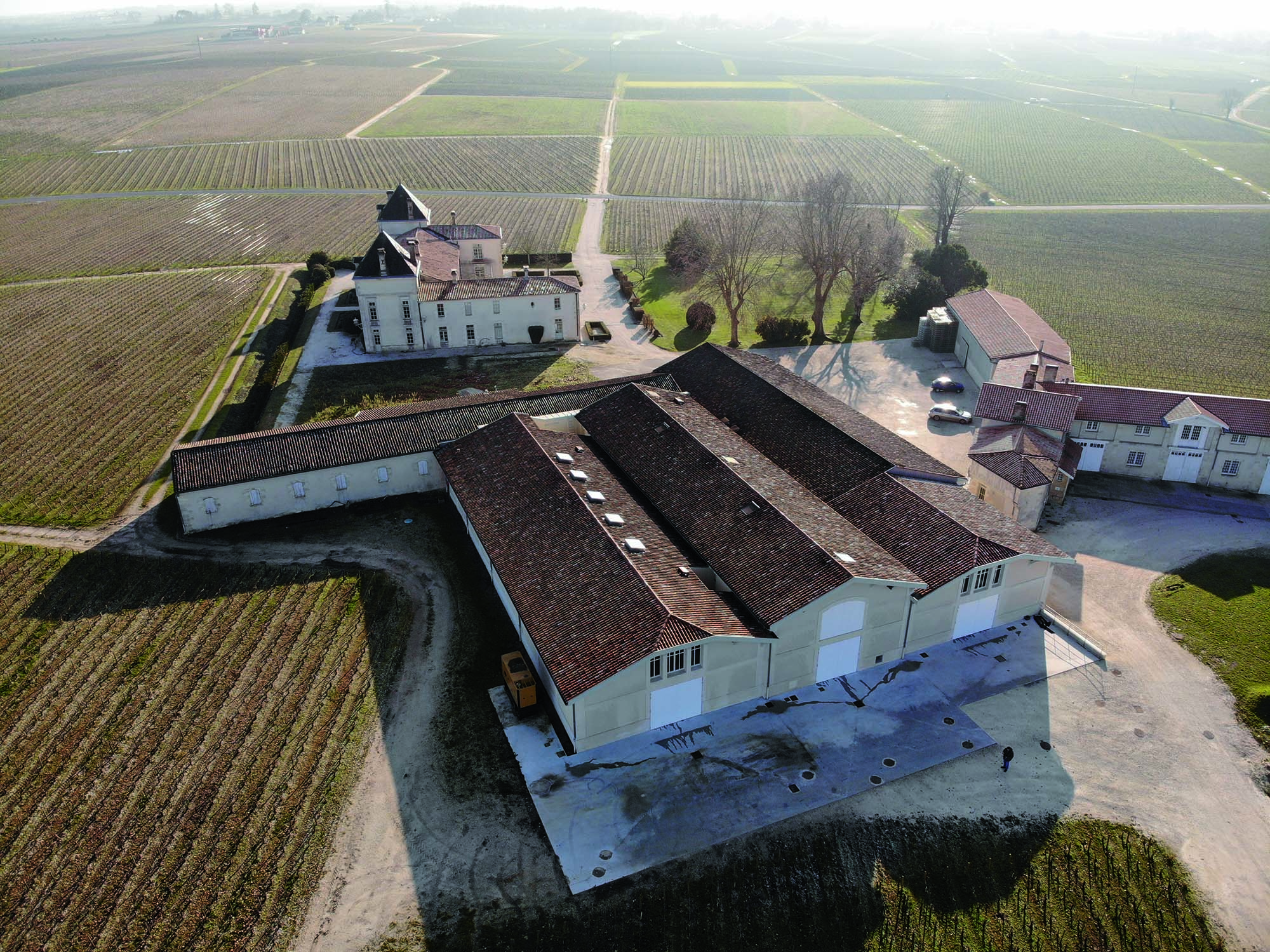
The “cathedrals” of wine
Design, sustainability and innovative materials are the guidelines underscoring building work in wine production plants. Mapei’s contributions to an industry growing on a global scale.
Design, sustainability and innovative materials are the guidelines underscoring building work in wine production plants. Mapei’s contributions to an industry growing on a global scale.
Wine is an integral part of lots of cultures. Over the years, the emergence of advanced distribution networks and innovative flavours, coupled with the health benefits of wine and premiumization of products, has resulted in it becoming even more popular globally. The global wine market has witnessed steady growth over the years and, according to Statista portal (statista.com), worldwide revenue in the wine segment amounted to 340.8 billion US dollars in 2020. The market is expected to grow annually by 9.8% in 2020-2023 and the forecast for 2021 is 381 billion US dollars.
The United States consumed the largest volume of wine in 2020: 33 million hectoliters. At 24.7 million hectoliters, France was the second leading consumer of wine worldwide. The United States was also the world leader in 2020 in terms of revenue with 50 billion U.S. dollars. In second place was France with revenue at 25 billion dollars. China is forecast to reach a market size of 93.5 billion US dollars by 2027. Indeed, Asia-Pacific is expected to witness rapid growth in this market, during the next few years. This is due to an increase in the number of companies that produce wine in China, India, and Japan. An increase in demand for premium wines and growing westernization also drive the growth of the wine market in this region.
Italy was once again the world’s leading wine producer in 2020 (49.1 million hectolitres), followed by France (46.6 million hectolitres) and Spain (40.7 million hectolitres). These three countries account for most of European (165 million hectolitres) and global production: smaller producers include the United States (22.8 million hectolitres) and Argentina. Despite a 10.8% drop during the year of the pandemic, France is still at the top of the rankings for foreign sales (worth 8.7 billion Euros) ahead of Italy and Spain.
Wine-manufacturing plants are often synonymous with beautiful architecture, sustainability and tourist interest. A number of wine-manufacturing plants in Italy bear the hallmark of leading architects - for example, Mario Botta, Renzo Piano and Tobia Scarpa – as do several others in Spain (Frank O. Gehry and Norman Foster) or the United States (Jacques Herzog and Pierre de Meuron). Design moves hand-in-hand with the use of innovative materials and technology for producing, conserving and ageing wine.
Mapei has helped build and renovate numerous wine-production plants, including the Château de Pez winery.
Château de Pez, Saint-Estèphe (France)
CERTIFIED PRODUCTS FOR AN EXTENSION TO THIS WINERY RICH IN HISTORY
Dating back to the 15th century, Château de Pez is one of the oldest vineyards in the Saint-Estèphe area in the Bordeaux region (France). Situated on the left bank of the Gironde estuary, it covers an area of 48 hectares and includes vines of the Cabernet-Sauvignon and Merlot varieties. It has been owned by Maison de Champagne Louis Roederer since 1995 and produces fine wines of exceptional quality. The structure has a rich history and has been transformed over the centuries with numerous investments and extensive renovation work over the years to modernise the winery’s processing equipment and buildings.
INNOVATIVE PRODUCTS FOR AN ANTIQUE STRUCTURE
While carrying out the extension work, the main contractor, Adrien Costa, used Mapei solutions to waterproof and install ceramic tiles in the new wine-making area and in the area where the freshly-harvested grapes are offloaded.
The system used for this particular intervention meets the requirements of French certification “Excell PLUS ambiance intérieure®” which certifies the absence of specific contaminants, guaranteeing that emissions from the materials employed do not affect wine while it is being stored or going through the ageing process, and that the health and safety of those who live and work in areas where they are applied is safeguarded.
On a surface area of more than 600 m2, the first step was to form a screed made from TOPCEM, a special hydraulic binder for normal-setting, rapid-drying, controlled-shrinkage screeds, which helps reduce waiting times before installing flooring (24 hours) and before putting them into service (48 hours).
After a thorough clean, the surfaces were waterproofed with MAPELASTIC AQUADEFENSE ready-to-use, rapid-drying, liquid elastic membrane.
30 x 30 cm porcelain tiles were then bonded to the floors and walls using KERAFLUID N adhesive, which is distributed in France by Mapei France.
The joints were grouted with ULTRACOLOR PLUS high performance grout. In this specific job site, the product was chosen by the designer because it has the "Excelle zone verte" label, usually requested in France for works in wineries.











